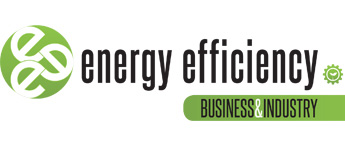Although there is only one EU Energy Efficiency Directive, the directive will be translated into national regulation which could differ country by country. Is that good? Michael Kauch, member of the German Parliament, highlighted a positive effect of the agreement for national implementation plans of the EED, the EU Energy Efficiency Directive, which was just published on the 25th of October this year. "It will lead to competition for the most cost effective regulation. And equally important, a regulatory mistake made in one member state is only affecting this state and not Europe as a whole".
Denmark has experiences with energy efficiency regulation for many years and especially its energy efficiency obligation scheme has shown remarkable results so we are happy to share our learnings.
In 2006, a new energy efficiency scheme with binding targets for annual savings was introduced. From 2008 on, grid and distribution operators were obliged to save 1.5% of final energy consumption amongst their entire customer base, from private households to business.
What are the main advantages this scheme?
They are threefold. No public money is required, it allows for competition and it has supported the development of a new market.
Sounds too good? Here are some details.
The obligation scheme is not defining the methods on how to achieve savings. This leads to a functioning competition between operators aiming to achieve the savings as cost effective as possible. It has also kick-started the market for energy services in Denmark and a number of new business have emerged as according to EU law, operators are not allowed to implement savings by themselves. The implementation task has to be given to a 3rd party provider or a separated own subsidiary. And, with the cost being shared amongst all customers (approx. 5€cents per kwh saved), public budgets are practically not affected.
Figure 2: An evaluation of the scheme from the Danish Energy Agency shows that the scheme is one of the most cost effective policy instruments used in Denmark to achieve energy efficiency. More information is available at the website of the Danish Energy Agency.
Coming back to what Michael Kauch said, we need to collect and compare the different energy efficiency regulatory tools which are already in place in a number of countries – so that every country can select those ones which are not only most effective but also fit best with own country market conditions.
By Erik Gudbjerg, director Lokalenergi, Denmark
Danish Energy Efficiency Obligations
– an innovative way to mobilize funds for investments
- by Lokalenergi
- November 15, 2012
- 3663 views
Disclaimer: Content published by TIM Global Media, including text, images, and videos, is either created in-house or provided by Suppliers/Manufacturers with their approval. Suppliers/Manufactures warrant that their materials do not infringe third-party rights and agree to indemnify and hold TIM Global Media harmless from any related claims.























